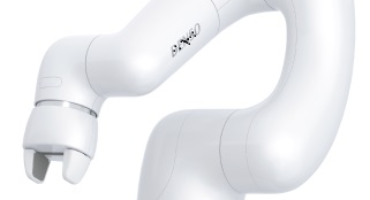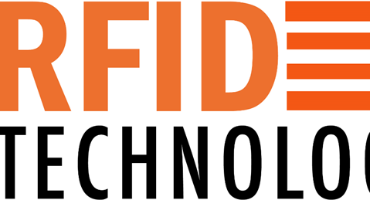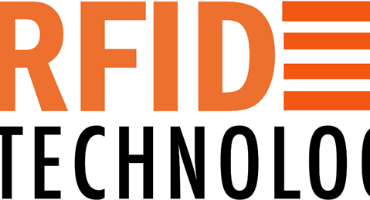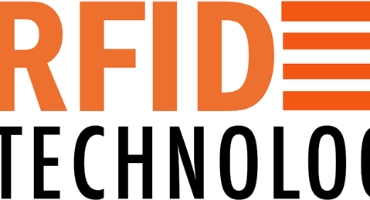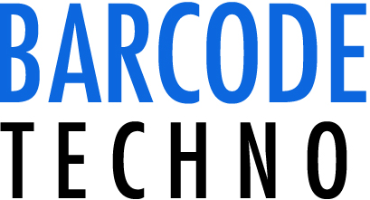Here's a step-by-step guide on how to achieve this:
Define the objectives: Clearly identify the goals you want to achieve with robotic automation and AI. This could include improving production efficiency, reducing errors, enhancing product quality, or optimizing resource utilization.
Assess process data requirements: Determine the type of data you need to collect from the manufacturing and production line. This may include sensor data, equipment metrics, environmental conditions, and other relevant parameters. Understand the existing data collection infrastructure or plan for the necessary upgrades to capture the required information.
Collect and store data: Implement data collection mechanisms to gather process data in real-time. This could involve integrating sensors, IoT devices, and other data acquisition systems into your manufacturing processes. Ensure that the collected data is stored securely and is easily accessible for analysis.
Develop AI algorithms: Employ data scientists or AI experts to develop smart algorithms that can analyze the collected data and perform sophisticated pattern recognition. This may involve techniques such as machine learning, deep learning, or computer vision, depending on the specific requirements of your application.
Train the AI models: Train the AI algorithms using the collected data. This typically involves providing labeled data to teach the algorithms how to recognize patterns, anomalies, or optimize processes. The training phase may require iterations and refinement to achieve desired performance.
Integrate AI into robots: Once the AI models are trained, integrate them into the robotic systems. This can be done by equipping the robots with AI-enabled controllers or connecting them to a central AI system that provides real-time instructions based on the analyzed data.
Test and validate: Conduct thorough testing and validation of the integrated robotic automation system. Evaluate its performance against the defined objectives and assess its ability to prevent efficiency losses in real-world manufacturing and production scenarios.
Monitor and iterate: Continuously monitor the performance of the robotic automation system and gather feedback from the production line. Identify areas for improvement and refine the AI algorithms as needed. Iteratively optimize the system to maximize efficiency and minimize losses.
Ensure safety measures: Implement appropriate safety measures to protect workers and equipment when deploying robotic automation systems. Consider safety protocols, physical barriers, emergency shutdown mechanisms, and personnel training to ensure a safe working environment.
Scale up and expand: Once the robotic automation system proves successful, consider scaling up its deployment to other areas of your manufacturing and production processes. Explore opportunities for expanding AI integration to additional applications, optimizing different aspects of your operations, and driving further efficiency gains.
Introducing and implementing robotic automation systems with AI is a complex and iterative process. It requires collaboration between experts in robotics, AI, data science, and industrial processes. Consulting with professionals or partnering with specialized firms can provide valuable guidance and expertise throughout the implementation journey.

